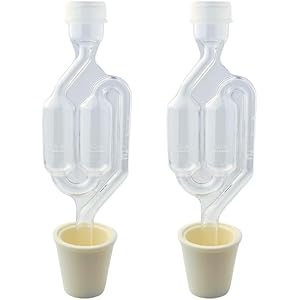Understanding Yeast Infections
Yeast infections, primarily caused by the fungus Candida, are common conditions that can affect various parts of the body, including the vaginal area, mouth, and skin. These infections can lead to discomfort and a range of symptoms, including itching, burning, and unusual discharge. In some cases, individuals may experience cramps associated with these infections, which can be perplexing and concerning.
How Yeast Infections Cause Cramps
The connection between yeast infections and cramps is not entirely straightforward. While yeast infections primarily cause localized symptoms, the inflammation and irritation they produce can lead to referred pain in the pelvic region. This discomfort may manifest as cramps, similar to those experienced during menstruation, making it difficult for individuals to distinguish between the two conditions.
Symptoms of Yeast Infections
Common symptoms of yeast infections include intense itching, burning sensations during urination or intercourse, and a thick, white discharge resembling cottage cheese. However, cramps may also accompany these symptoms, adding to the overall discomfort. It is essential to recognize these signs early to seek appropriate treatment and alleviate both the infection and associated cramps.
Risk Factors for Yeast Infections
Several factors can increase the likelihood of developing a yeast infection, including antibiotic use, hormonal changes, and a weakened immune system. Individuals with diabetes or those who are pregnant are also at a higher risk. Understanding these risk factors can help individuals take preventive measures to avoid both yeast infections and the cramps that may accompany them.
Diagnosis of Yeast Infections
Diagnosing a yeast infection typically involves a physical examination and a review of symptoms. Healthcare providers may also perform laboratory tests, such as a vaginal swab, to confirm the presence of Candida. Accurate diagnosis is crucial, as cramps can also be a symptom of other conditions, such as pelvic inflammatory disease or endometriosis.
Treatment Options for Yeast Infections
Treatment for yeast infections usually involves antifungal medications, which can be administered orally or topically. These medications work to eliminate the overgrowth of Candida, thereby reducing inflammation and associated symptoms, including cramps. It is essential to follow the prescribed treatment regimen to ensure complete resolution of the infection and relief from cramps.
Get more content like this!
Sign up to receive updates and new terms first hand.
Home Remedies for Yeast Infections
In addition to medical treatments, some individuals may seek home remedies to alleviate yeast infections and their symptoms. Options such as probiotics, garlic, and coconut oil are often discussed as potential natural treatments. However, it is crucial to consult with a healthcare provider before trying these remedies, especially if cramps are present, to avoid exacerbating the condition.
Preventing Yeast Infections
Preventive measures can significantly reduce the risk of developing yeast infections. Maintaining good hygiene, wearing breathable clothing, and avoiding excessive moisture can help keep the vaginal area healthy. Additionally, a balanced diet rich in probiotics may support a healthy microbiome, potentially preventing the overgrowth of yeast and the cramps that may accompany infections.
When to Seek Medical Attention
Individuals experiencing persistent cramps alongside other symptoms of a yeast infection should seek medical attention. It is essential to rule out other potential causes of cramps, such as sexually transmitted infections or other gynecological issues. Early intervention can lead to more effective treatment and relief from both the infection and associated discomfort.
Living with Yeast Infections and Cramps
Living with recurrent yeast infections and associated cramps can be challenging. Individuals are encouraged to keep track of their symptoms and discuss any changes with their healthcare provider. Understanding the triggers and effective management strategies can empower individuals to take control of their health and reduce the impact of yeast infections and cramps on their daily lives.




